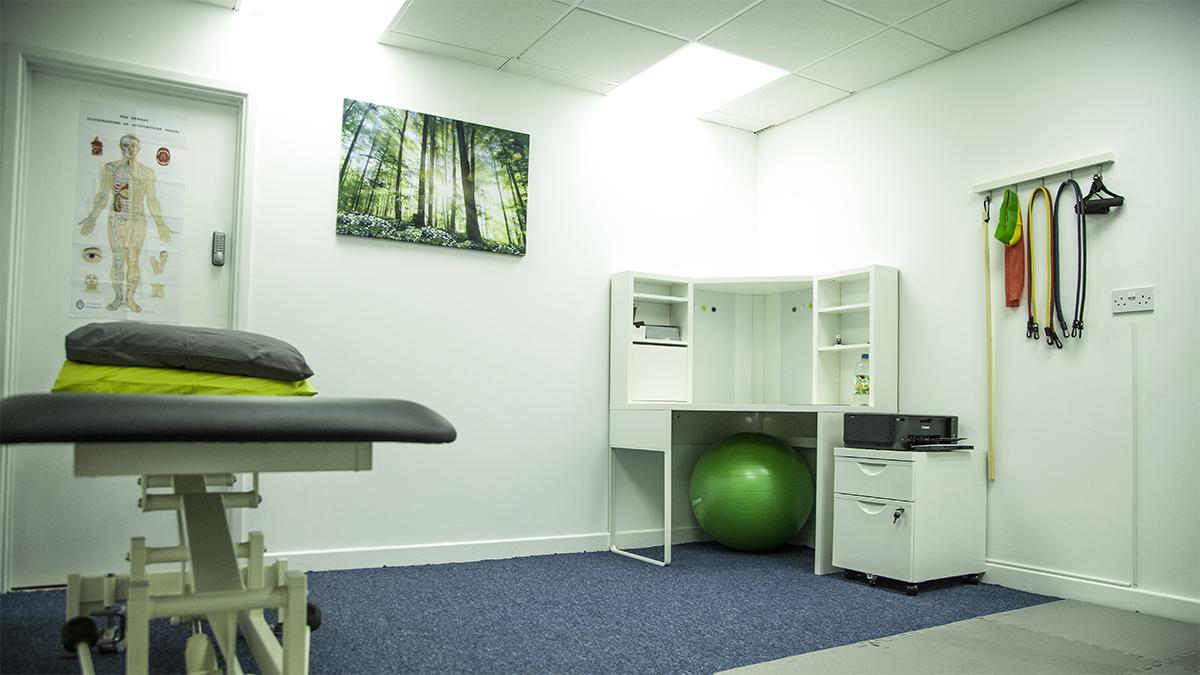As the pandemic continues, it is essential that we learn the lessons so far and continue to champion the need for rehabilitation and physiotherapy. The CSP is calling for governments and healthcare providers to prioritise physiotherapy and rehabilitation services.
From the start of the pandemic, the physiotherapy workforce has shown great strength, demonstrating commitment, flexibility and innovation. As the pandemic continues, it is essential that we learn the lessons so far and continue to champion the need for rehabilitation and physiotherapy.
Many physiotherapy and rehabilitation services were paused in the first phase of the pandemic and many remain so. In a survey of over 4,000 CSP members (in September 2020), only 15% reported that the services they normally offer are fully up and running. The survey also showed that worry about this is second only to concerns about their own families’ health.
Unequal access to rehabilitation and physiotherapy services is a major driver of health inequality. Limiting access risks widening this inequality.
Demand for services in the community is currently high because:
- people with long-term conditions and frailty have deconditioned and deteriorated during lockdown
- there is a backlog of elective procedures
- there are significant new rehabilitation needs of people recovering from Long Covid.
But services have been scaled back just when demand for them is at its height. This risks putting additional pressure on emergency services and undermining the flow of patients from hospitals, including implementation of Discharge to Assess. It also increases demands on social care.
Physiotherapy and rehabilitation services prevent and delay long-term deterioration in health, maintain independence, keep people out of hospital, and support the country back to work. Musculoskeletal First Contact Physios with access to diagnostic facilities will be key to managing demand into secondary care, freeing up time to manage the backlog in elective care.
The CSP is calling for governments and healthcare providers to prioritise physiotherapy and rehabilitation services by:
- expanding and developing the workforce so that patients in the community suffering from the impact of the pandemic can access rehabilitation and physiotherapy
- not redeploying staff out of community services into acute services or, where this is necessary, backfill these roles
- making sure that services have appropriate space, facilities and IT resources as a priority.
Meeting the workforce challenge
- At the start of the pandemic there was a great collective effort from the physiotherapy workforce to build capacity in critical care.
- Staff from community and primary care services were redeployed and physiotherapists not currently working in NHS roles stepping up to be part of a temporary workforce.
- But systems were often not flexible enough to allow staff to be redeployed back once the urgent need in the acute sector had passed, or did not properly use the temporary workforce to meet urgent rehab needs in the community.
- As this new wave builds, rehabilitation capacity must be better protected, with systems in place so that the redirection of funding and redeployment happens quickly.
- More physiotherapy staff outside of the NHS should be able to work on temporary NHS contracts and these roles should be made permanent where this meets demand.
- Physiotherapy support workers should be placed in roles where their skills can be put to best use.
- As services restart, managers need to plan student placements and ensure that there is adequate access to space for this to help minimise the disruption Covid-19 has caused to training the future physiotherapy workforce.

Ensuring appropriate space and facilities
Across the UK, CSP members are reporting that the biggest barrier to restarting services is a loss of space for rehabilitation and physiotherapy.
Members have shared many examples of where therapy space has been taken from rehabilitation and physiotherapy services in acute, community and primary care settings.
Overall, this loss of space is happening in an unplanned and haphazard way, without proper consultation or consideration of the impact on patients, and without suitable alternative therapy space being provided.
In many cases, therapy space has been turned into ward space that hasn’t been used, store rooms and staff rooms.
People need space to exercise, practise movement and build confidence in their rehabilitation and recovery, and therapy spaces need proper IT infrastructure.
These changes should now be reviewed so that the whole of an individual’s journey can be planned for, including their rehabilitation.
Taking the opportunity to improve services
For many hospital-based outpatient services, the pandemic is an opportunity to transform how services are delivered.
This includes using community-based venues and developing remote and digital provision alongside face-to-face services.
These changes are not appropriate for every service and all plans for change must consider the impact on patients and staff.
This means they must be based on thorough risk assessments, equality impact assessments and follow agreed processes and a consultation with staff.
The pandemic has taken a toll on the public and on healthcare staff, and safeguarding access to quality services and employment are more important than ever as we meet the challenges ahead.



































